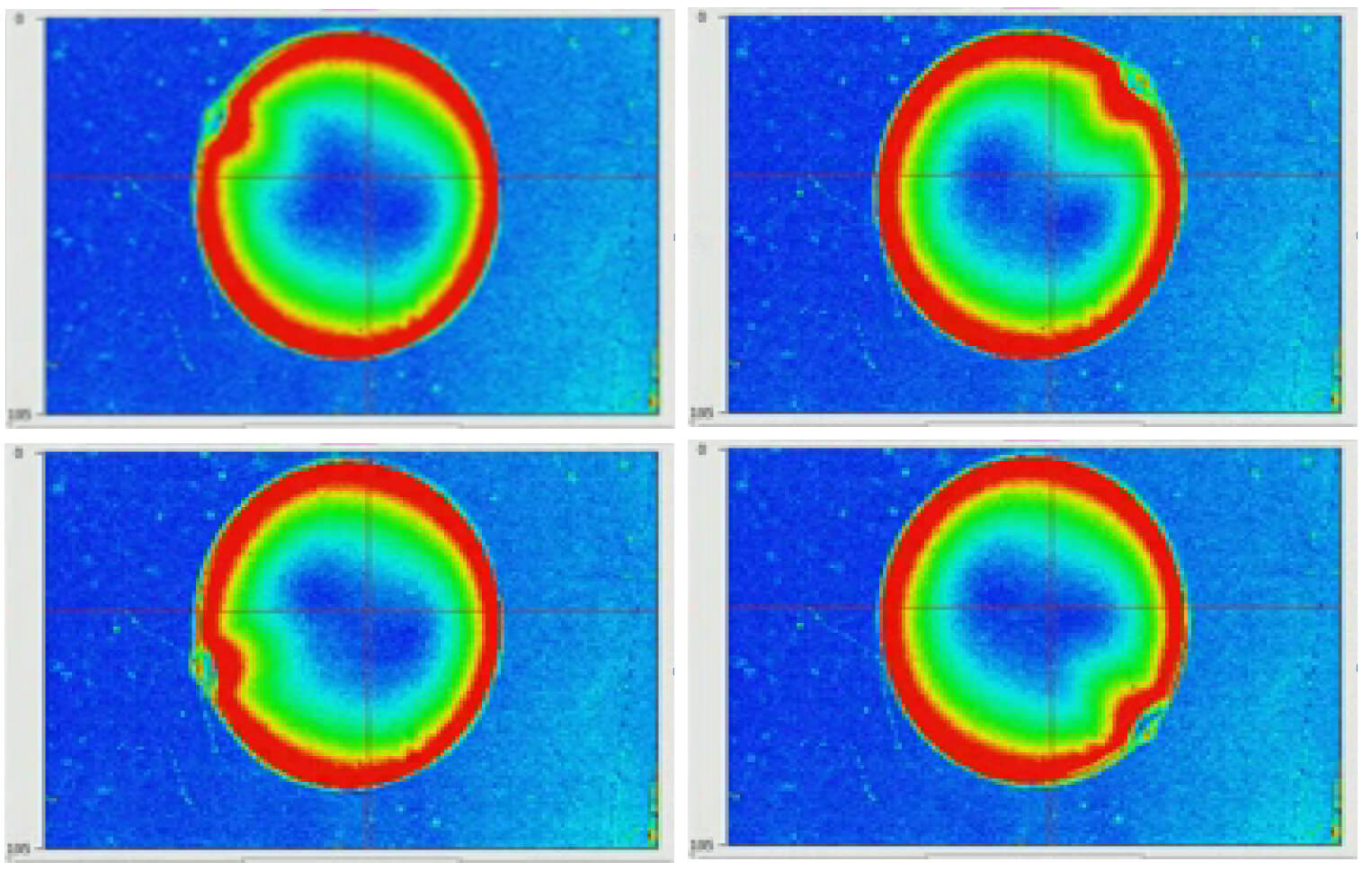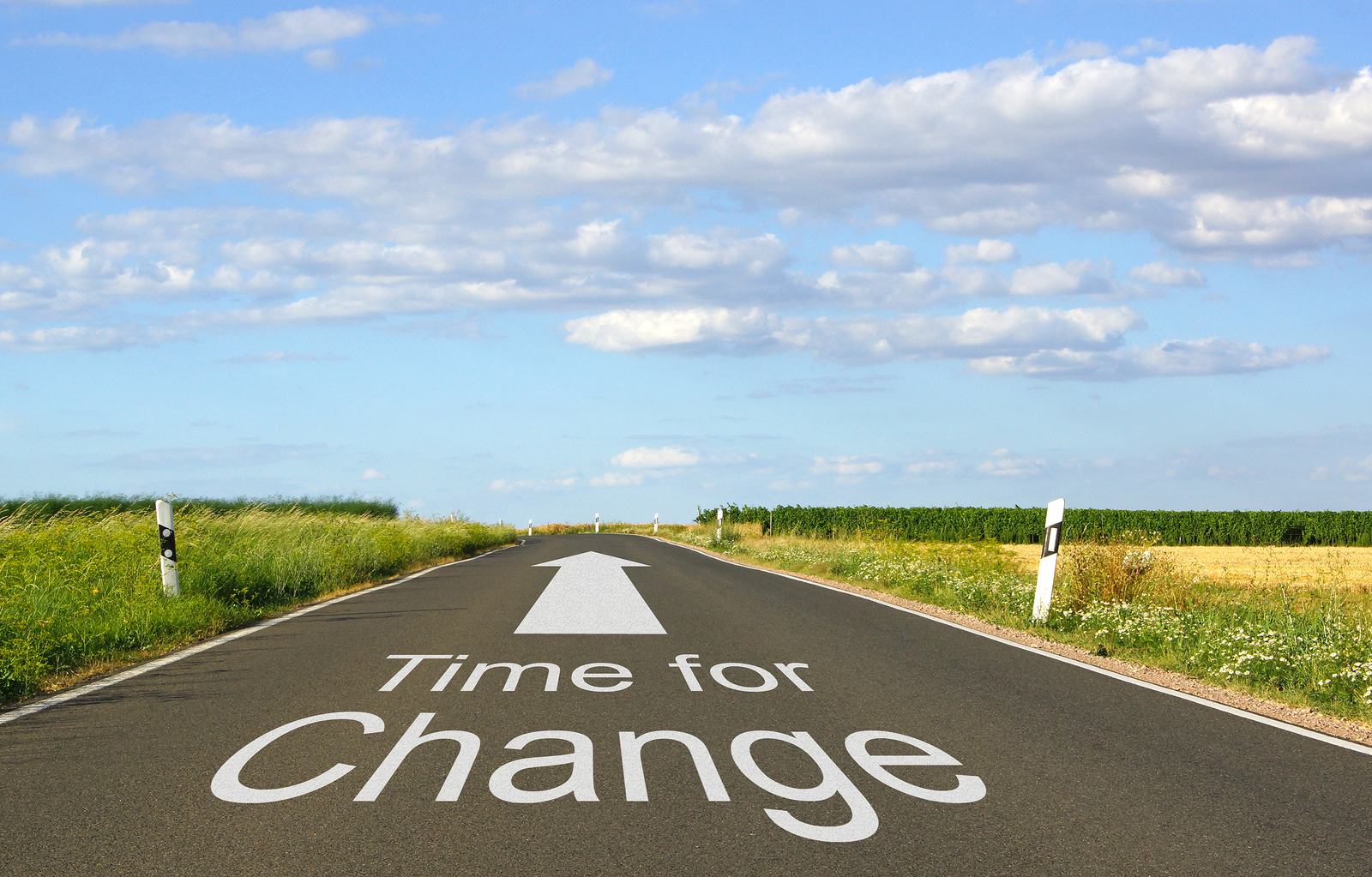
Partisanship currently “has a stronger influence on vote choice than at any time since the 1950s.” In 2016, the ratings of the opposition candidate plummeted to 12.2.ĭespite the public’s increasingly adverse views of political parties, party loyalty in voting has now reached record levels, according to the two authors. Over the same period, “feeling thermometer” ratings of the opposition candidate fell sharply, from 56.2 in 1968 to 25.1 in 2012. The “ feeling thermometer scale” asks voters to rank candidates and institutions on a scale of 0 to 100, in which 100 is very warm or favorable, zero is very cold or unfavorable and 50 is neutral or no feeling. Were the most unpopular major party candidates for president since the ANES introduced the feeling thermometer scale in 1968. The percentage of Americans with favorable opinions of both parties is now the lowest it has been since the American National Election Studies began asking this question in 1978.Īt the same time, “record numbers of voters in 2016 were dissatisfied with their own party’s presidential nominee.” Trump and Clinton This trend helps explain seemingly contradictory voter attitudes catalogued in both “All Politics is National” and a second Abramowitz-Webster paper, “ Negative Partisanship: Why Americans Dislike Parties but Behave like Rabid Partisans.”įrom one vantage point, the view of each major party has steadily worsened. In 2012, 33 percent of Democrats and 43 percent of Republicans described themselves as angry at the opposing party’s presidential candidate “most of the time” or “just about always.” In 2016, the percentage of Democratic voters who said they were this angry at Trump rose to 73 percent, and the percentage of Republicans with that level of hostility toward Hillary Clinton rose to 66 percent. The practice of voting against rather than for has grown steadily since the 2000 election, but it reached new heights in 2016, when both major party nominees were viewed substantially more negatively than positively.Ībramowitz and Webster compiled data from the 20 elections to show how much the level of anger among both Democratic and Republican voters increased over four years. In the 21st century United States, it increasingly appears that all politics is national. As a result, the famous comment by the late Tip O’Neill that “all politics is local” now seems rather quaint. To a greater extent than at any time in the post-World War II era, the outcomes of elections below the presidential level reflect the outcomes of presidential elections. House and Senate Elections in the 21st Century,” Abramowitz and Webster make the case that In “ All Politics is National: The Rise of Negative Partisanship and the Nationalization of U.S. One of the most important trends in American politics over the past several decades has been the rise of negative partisanship in the electorate. The impact of feelings toward the out-party on both vote choice and the decision to participate has increased since 2000 today it is out-group animus rather than in-group favoritism that drives political behavior.Īlong parallel lines, Alan Abramowitz and Steven Webster, political scientists at Emory University, argue that We find that as animosity toward the opposing party has intensified, it has taken on a new role as the prime motivator in partisans’ political lives. How bad is this problem? In “ The Strengthening of Partisan Affect,” Shanto Iyengar and Masha Krupenkin, political scientists at Stanford, note that

But perhaps the most important consequence of the current power of political anger is that there has been a marked decline in the accountability of public officials to the electorate. Anger has become the primary tool for motivating voters.

The building strength of partisan antipathy - “negative partisanship” - has radically altered politics. Hostility to the opposition party and its candidates has now reached a level where loathing motivates voters more than loyalty.


 0 kommentar(er)
0 kommentar(er)
